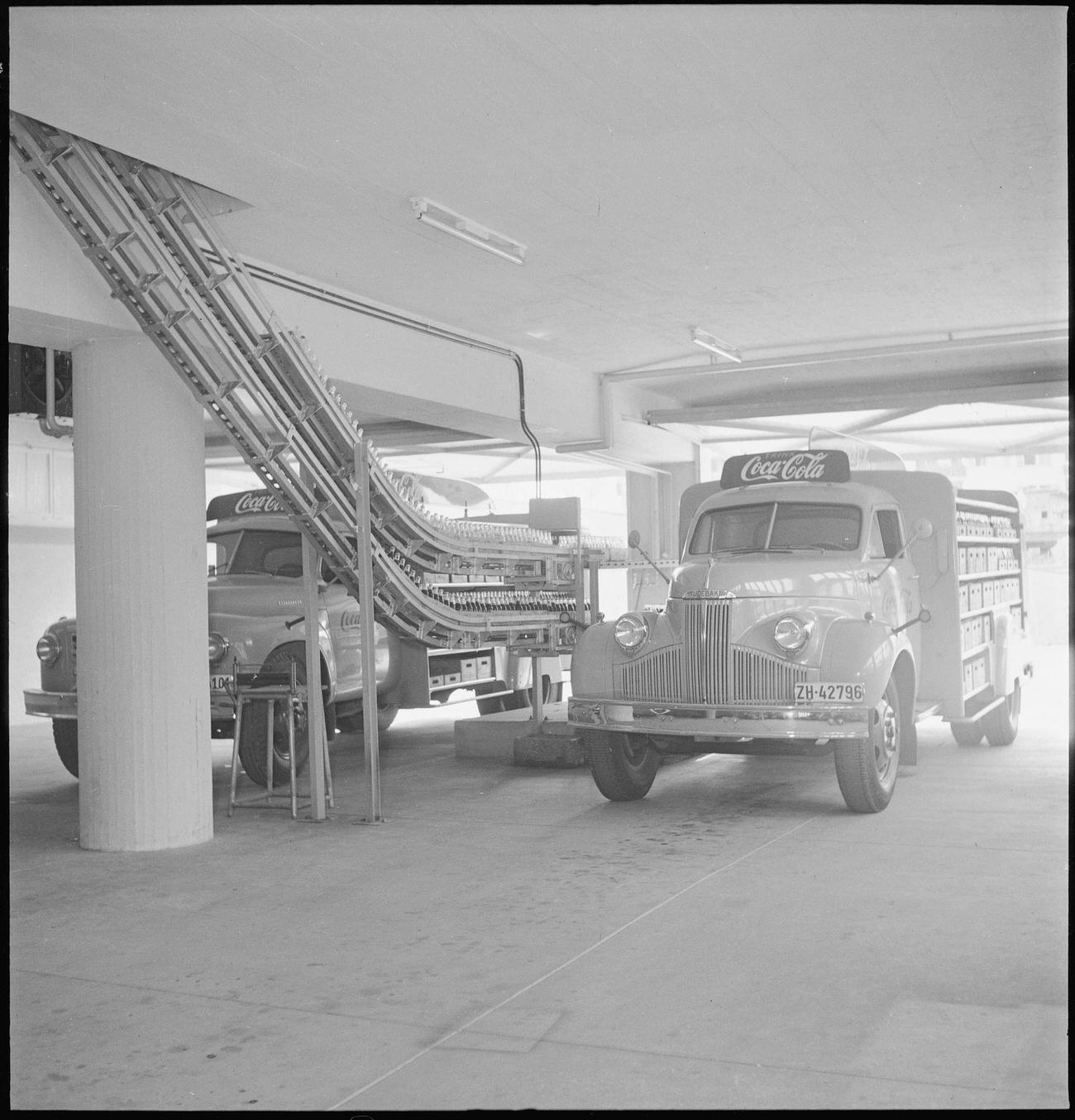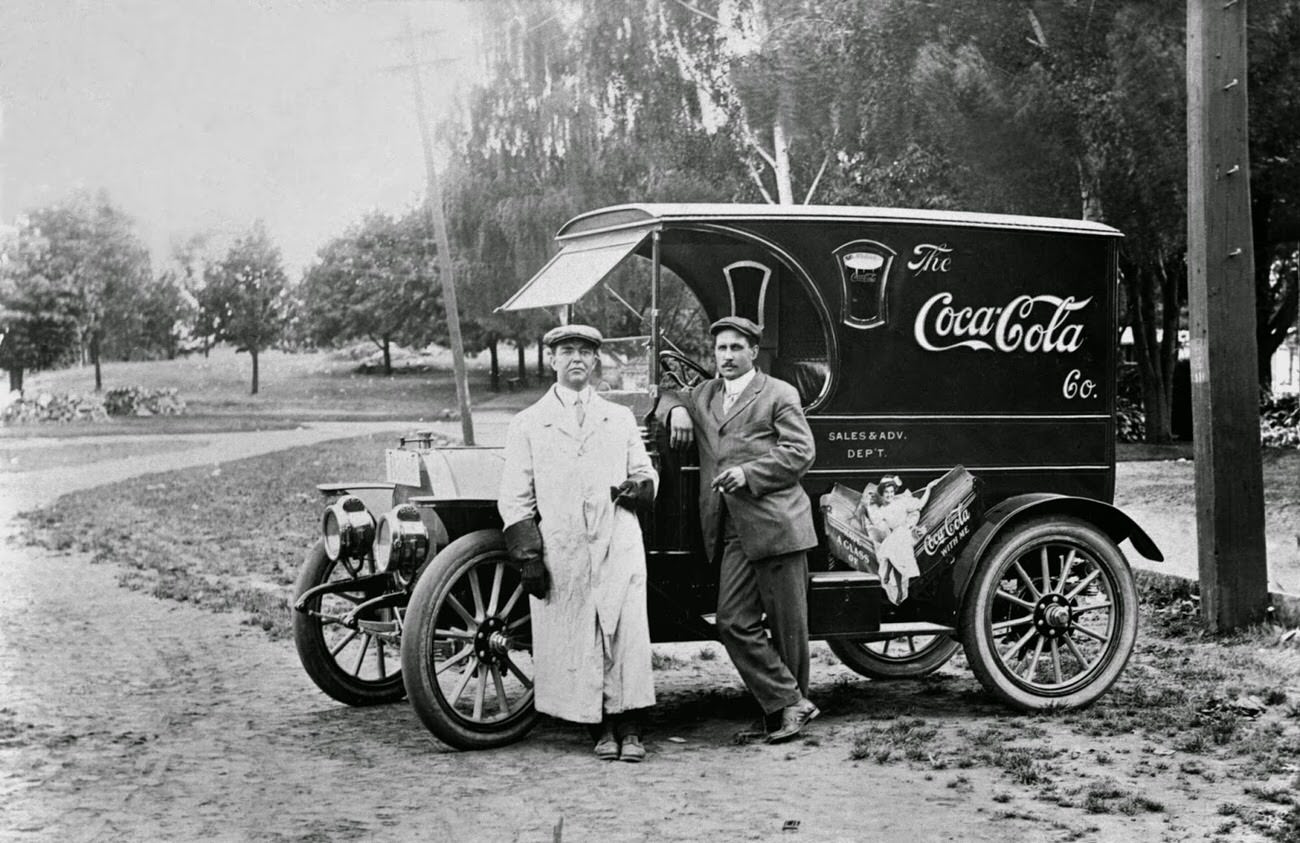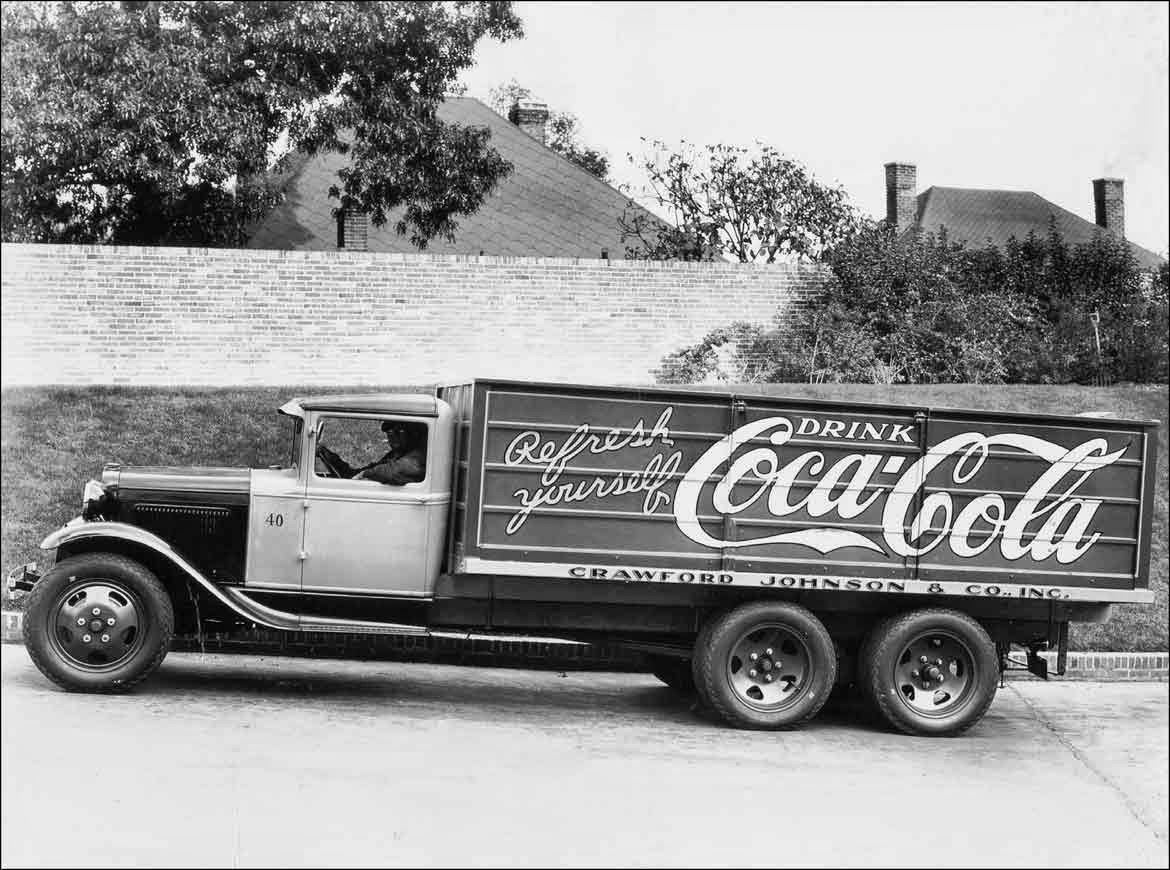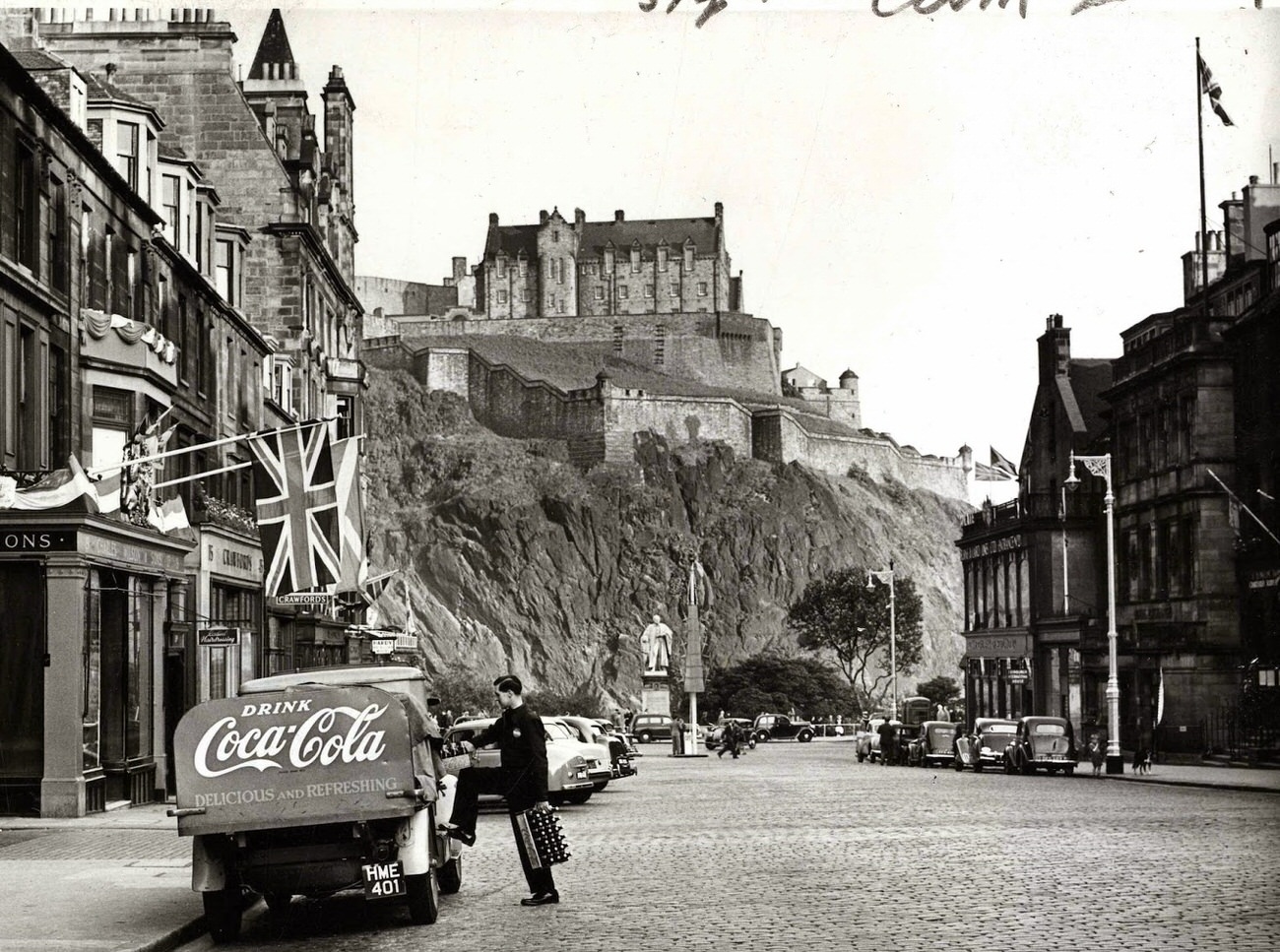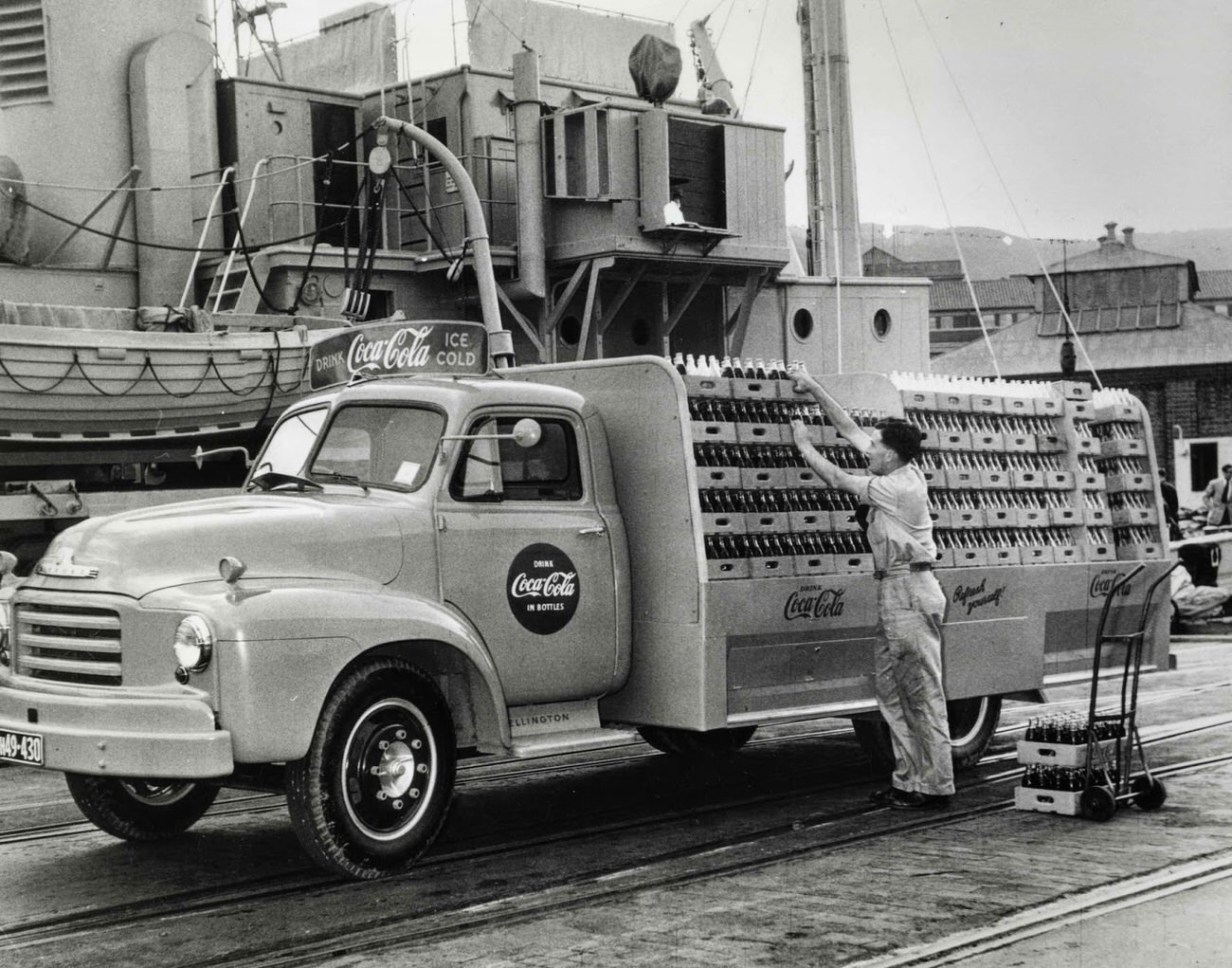Coca-Cola, one of the world’s most recognizable brands, has a rich history that extends to its delivery and distribution methods. In the early 20th century, as Coca-Cola transitioned from a soda fountain staple to a bottled beverage, the company recognized the need for an effective delivery system. This led to the introduction of Coca-Cola delivery trucks, which played a crucial role in the brand’s expansion and visibility.
The Emergence of Coca-Cola Trucks
The first Coca-Cola delivery trucks appeared in the early 1900s. These vehicles were a response to the growing demand for bottled Coca-Cola, which started in 1894. Prior to the introduction of these trucks, Coca-Cola was primarily distributed in soda fountains. The trucks, often modified Ford Model Ts or similar vehicles, were basic in design but marked the beginning of a more expansive distribution network for the company.
Design and Branding
Coca-Cola’s early delivery trucks were notable for their distinctive branding. They were painted with the Coca-Cola logo and often featured bright red and white colors, matching the company’s branding scheme. This visual appeal turned the trucks into moving advertisements, promoting Coca-Cola as they made their deliveries. The design and branding of these trucks were precursors to modern corporate branding and marketing strategies.
Evolution and Customization
As Coca-Cola grew in popularity, the company began to customize its delivery trucks to better suit its needs. This included modifying the size and storage capacity to accommodate more bottles and crates. Some trucks were fitted with specialized racks and storage areas to ensure the safe transport of glass bottles. The evolution of these trucks mirrored the growth and industrialization of Coca-Cola as a company.
The introduction of delivery trucks greatly expanded Coca-Cola’s distribution network. These vehicles allowed the company to reach new markets and rural areas that were previously inaccessible. Furthermore, the trucks served as mobile billboards, significantly boosting Coca-Cola’s marketing efforts. This dual role of distribution and marketing was pivotal in establishing Coca-Cola’s presence across the United States.










